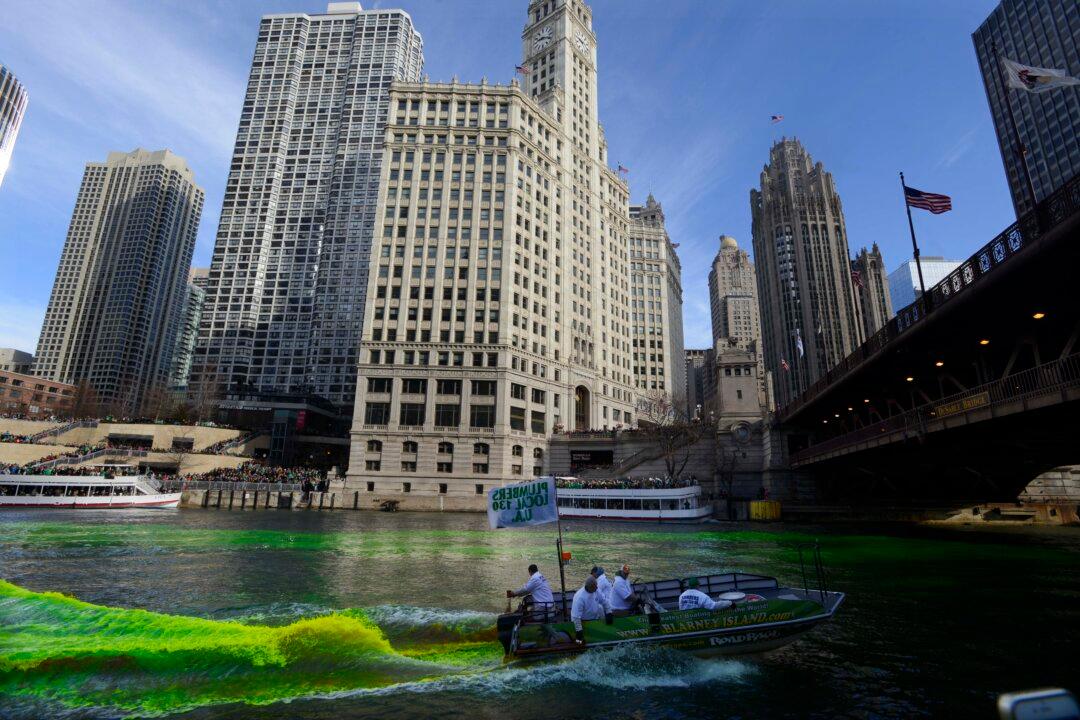Happy St. Patrick’s Day—and welcome to the American tradition of green beer and green rivers.
In some cities, such as Savannah, Georgia, and Boston, on St. Patrick’s Day rivers of green beer flow.
Ever wondered what’s in the dye? There is actually good green beer dye and bad green beer dye.
Bad Green Beer Dyes
E142 (also known as brilliant green) is derived from coal tar. Oddly, the European Union allows it. EU is normally stricter than the United States about food purity. In Europe it’s used in candy, gravy, cake mixes, canned peas, and ice cream. Side effects? Oh yes! Hyperactivity, asthma, urticaria, and insomnia. You do not want these symptoms.
It’s banned in Canada, Finland, Japan, Norway, Sweden, and the United States, according to the U.K. food guide.
The FDA has a brain-numbing list of artificial dyes it said are okay, with a mind-numbing list of cautions. So even those that are not banned here have some questions attached.
Most artificial food dyes are not ideal, and E142 is a flat out bad actor. At least in America we need not run into it.






